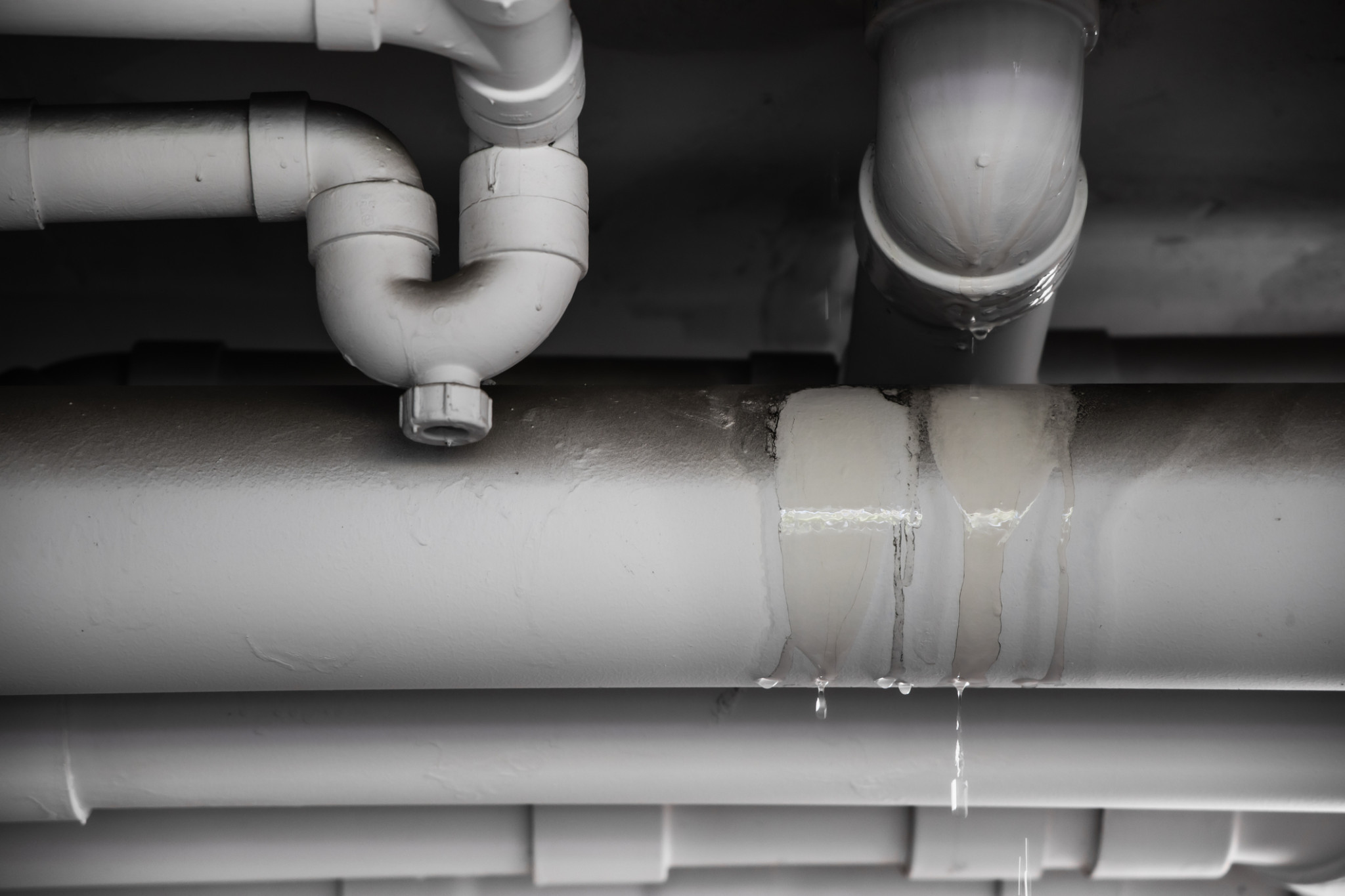Community
25 September, 2024
$9m to prevent water leaks
A $9 million project to reduce water leaks and wastage is to be implemented on the Cassowary Coast.

The Albanese Labor government has partnered with the Miles Labor government, local councils and community groups to deliver local infrastructure projects across Queensland that help safeguard water resources and protect the environment.
Under the new $211 million Water Infrastructure for Sustainable and Efficient Regions (WISER) initiative, the Cassowary Coast ‘leak reduction’ project will receive $9m.
The project will upgrade water mains by replacing parts of ageing pipelines across regional towns Tully, Innisfail and Nyleta and install infrastructure to help identify and manage future leakages. This will achieve significant water savings of around 588 megalitres per year.
The project is funded by $4m each from the Australian Government, through the National Water Grid Fund, and the Queensland Government, with $978,000 from the Cassowary Coast Regional Council.
Cassowary Coast Mayor Teresa Millwood said, although the region was in the Wet Tropics, “we still encounter issues around water sustainability and efficiency, due to aging infrastructure”.
“The investment from all three levels of government is crucial and timely to help us combat the failures we are seeing in our aged reticulated network, which not only impacts the continuity of water supply to our residents, but also sees precious water resources go down the drain,” she said.
Federal Environment and Water Minister Tanya Plibersek said it was “a really exciting project that will deliver significant water savings for the communities of Tully, Innisfail and Nyleta”.
Senator for Queensland Nita Green said the Cassowary Cast council had been identified in national performance reports on urban water utilities as the utility provider with the highest real water losses in Australia.
“That means we must act now before the situation worsens,” she said.
“By replacing sections of the ageing pipe network, we will reduce water losses from leakage and save around 235 Olympic swimming pools worth of water per year.
“Our aim is that this project will reduce the frequency of costly network failures when sediment enters waterways, while also improving water reliability for the community.”


